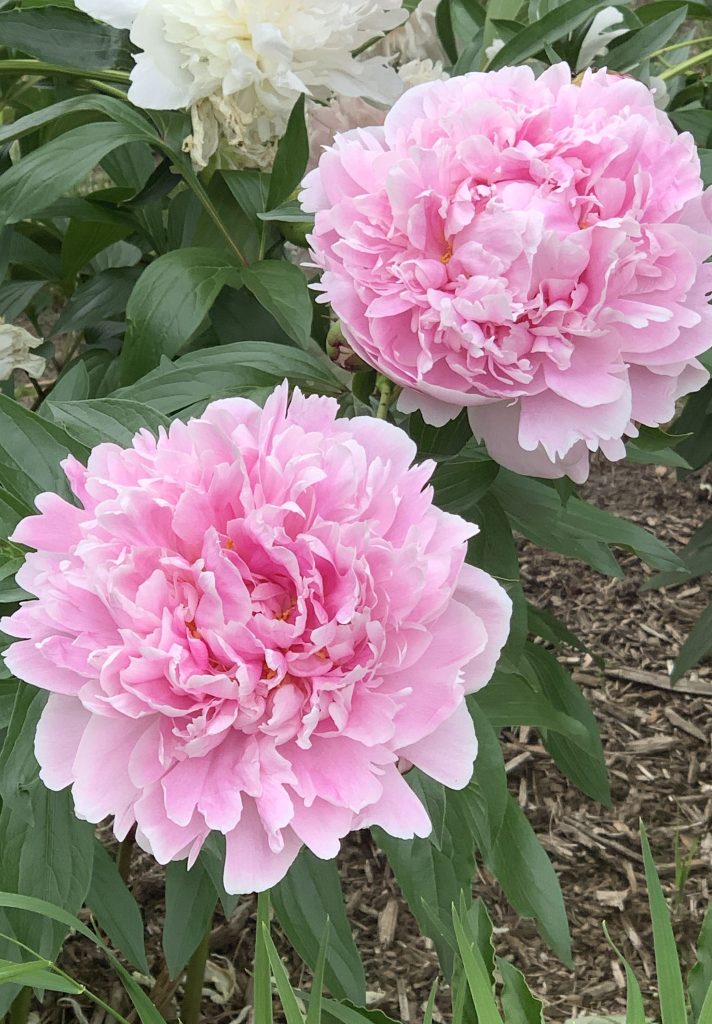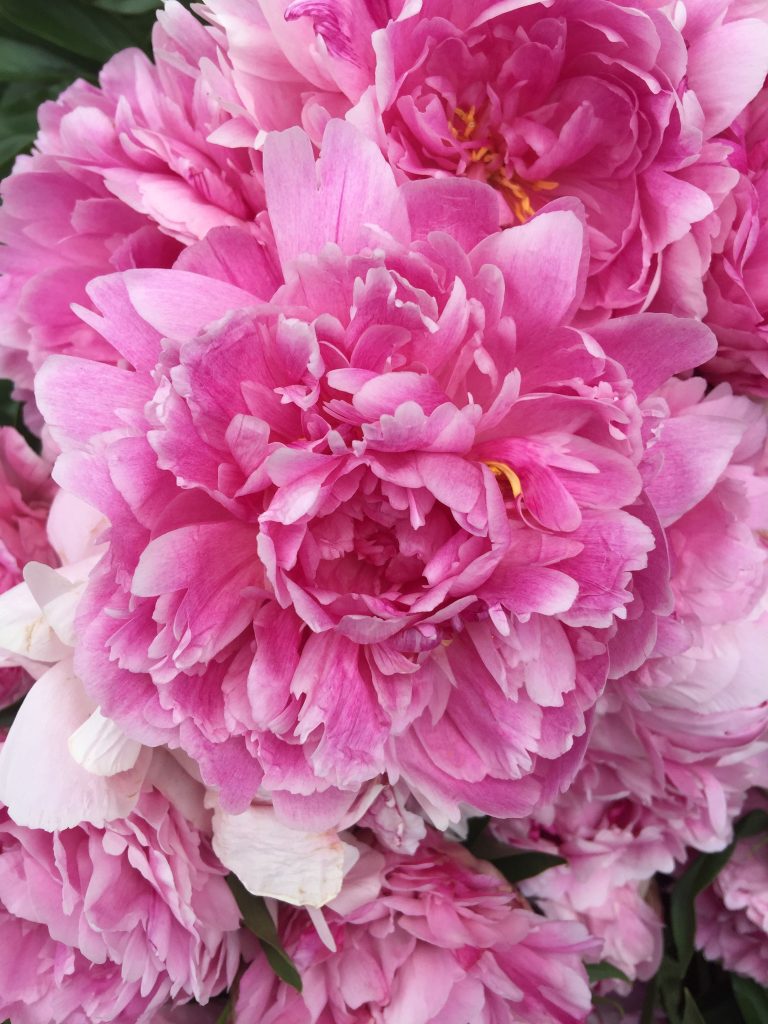Dealing with garden pests can be a frustrating challenge for any gardener. While chemical pesticides may offer a quick solution, they can also harm beneficial insects, wildlife, and even your plants. Fortunately, there are many effective organic pest control methods that are safe, eco-friendly, and easy to implement. In this guide, we’ll share some DIY organic pest control techniques to help you protect your garden naturally.










Why Choose Organic Pest Control?
Tip: Organic pest control methods focus on using natural, non-toxic alternatives to chemical pesticides. These methods are not only safer for the environment, wildlife, and beneficial insects but also for you and your family. Plus, organic pest control can help maintain a healthy balance in your garden ecosystem without causing harm to beneficial insects like pollinators and predators of garden pests.
Homemade Pest Control Sprays
Neem Oil Spray
Tip: Neem oil is a natural insecticide and fungicide that can help control a variety of garden pests, including aphids, whiteflies, and spider mites. To make a neem oil spray, mix 1-2 tablespoons of neem oil with a few drops of liquid soap in a gallon of water. Spray the solution on affected plants, making sure to cover both sides of the leaves.
Garlic and Pepper Spray
Tip: Garlic and pepper spray is effective against many common garden pests, including aphids, beetles, and caterpillars. To make this homemade spray, blend a few cloves of garlic, a hot pepper, and water in a blender. Strain the mixture and spray it on affected plants. Reapply every week or after rainfall.
Soap Spray
Tip: A simple soap spray can help control soft-bodied insects like aphids, mealybugs, and spider mites. Mix 1-2 teaspoons of liquid soap with a quart of water and spray it on affected plants. Make sure to test a small area first to ensure that the soap spray doesn’t harm your plants.
Natural Pest Repellents
Diatomaceous Earth
Tip: Diatomaceous earth is a natural, abrasive powder made from fossilized algae. It can help control crawling insects like ants, slugs, and snails by dehydrating them. Sprinkle a thin layer of diatomaceous earth around the base of plants or on affected areas to create a barrier against pests.
Companion Planting
Tip: Companion planting involves planting certain plants together that benefit each other in some way. For example, planting marigolds, nasturtiums, or garlic around your garden can help repel pests like aphids, beetles, and nematodes. Research companion planting strategies to find combinations that work best for your garden.
Physical Pest Control Methods
Handpicking
Tip: Handpicking pests like caterpillars, beetles, and slugs can be an effective way to control their populations without using chemicals. Simply inspect your plants regularly and remove any pests you find by hand.
Row Covers
Tip: Row covers are lightweight, translucent fabrics that can be draped over plants to protect them from pests like aphids, caterpillars, and beetles. Install row covers early in the season to create a physical barrier against pests while still allowing sunlight, air, and water to reach your plants.
Conclusion
Organic pest control doesn’t have to be complicated or expensive. By using homemade pest control sprays, natural pest repellents, companion planting, handpicking, and row covers, you can effectively manage garden pests without resorting to chemical pesticides. These DIY organic pest control methods are safe, eco-friendly, and easy to implement, allowing you to protect your garden naturally while maintaining a healthy balance in your garden ecosystem. So go ahead and give these organic pest control techniques a try in your garden, and enjoy a pest-free garden that’s safe for you, your family, and the environment!